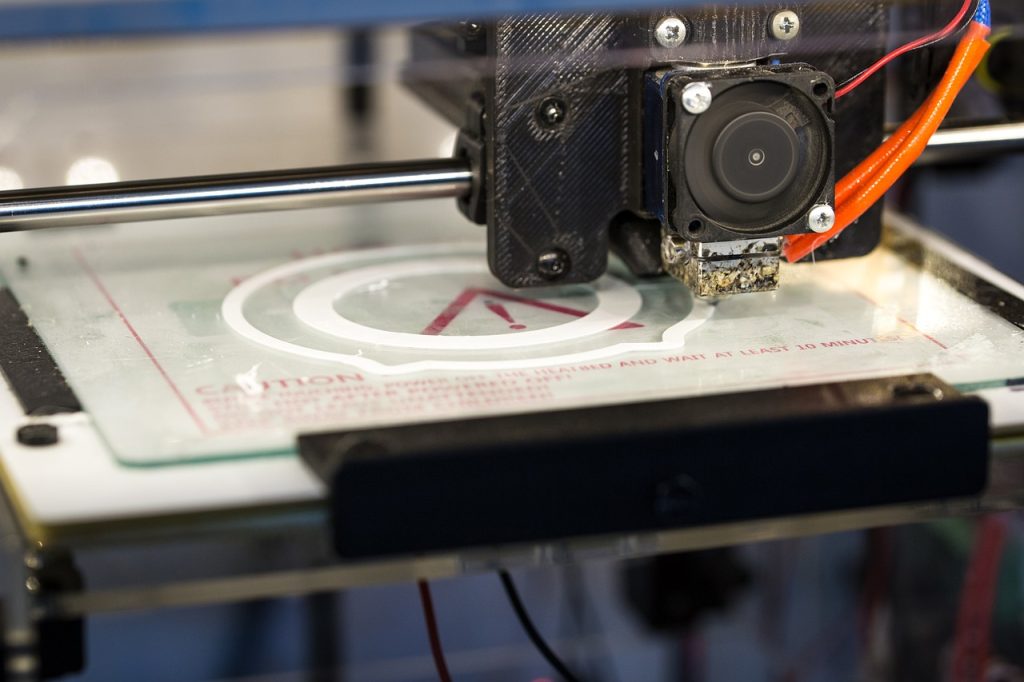Let’s first have a look into the main differences between the two technologies and then jump into a tad bit of comparison to see whether an FFF or a resin printer is the better option for you! In short, it ultimately depends on the specific application and requirements of the project. Both types of printers have their own strengths and weaknesses, so it’s important to evaluate them based on your specific needs.
Let’s first have a look into the main differences between the two technologies and then jump into a tad bit of comparison to see whether an FFF or a resin printer is the better option for you! In short, it ultimately depends on the specific application and requirements of the project. Both types of printers have their own strengths and weaknesses, so it’s important to evaluate them based on your specific needs.
3D resin printers use a specific filament and UV light to make the mold solidify. They are generally used for applications that require high levels of accuracy and detail, as well as a smooth surface finish. On the other hand, FFF printers use a spool of thermoplastic filament that is melted and goes through the process of plastic extrusion through a heated nozzle to create the final 3D print. So no need for a lamp or the bit more expensive filament (about which we will talk about in a second) the printer moves the nozzle along a build platform, depositing layers of molten plastic that cool and solidify. These are the main differences between the techs and now let’s have a look into which cases can utilize which solution better.
Bigger and Easier or More Intricate But Harder
FFF printers are generally better suited for projects that work with larger prints with a lower level of detail. They are often more affordable and easier to use than resin printers and can print with a wider variety of materials. Also, you have the added value of choosing between different plastic-based filaments, such as ABS or PLA that are a lot more sturdy than the end products of resin 3D printers. On the other hand, resin printers are used for more intricate prototyping projects, that require a high level of detail, and smoother surface (dental or jewelry use cases or very complex machine parts what we talk about. Also, resin prints tend to have fewer visible layer lines than FFF prints due to the nature of the printing process, which can result in the already mentioned smoother surface finish. However, these prints are a lot more brittle, more expensive, and require more expertise to work with. Not even talking about the fact that using hot, molten filament also requires special protective gear and a high level of attention.
Different Technologies with Different Pitfalls
Nothing is perfect, and as mentioned resin printers use a wee bit more expensive filaments for more intricate projects. FFF ones – even though you have the option of choosing between different plastic filaments – can only utilize the ones that are only in filament form. Also, the level of detail that they can produce is inferior to their resin 3D printer counterparts. That being said no technology is bad or ‘worse’ than the other. Resin printers are better suited for applications that require high precision and detail, such as jewelry and dental models. On the other hand, FFF printers are better suited for larger projects with lower detail requirements, such as cosplay props or functional parts.







